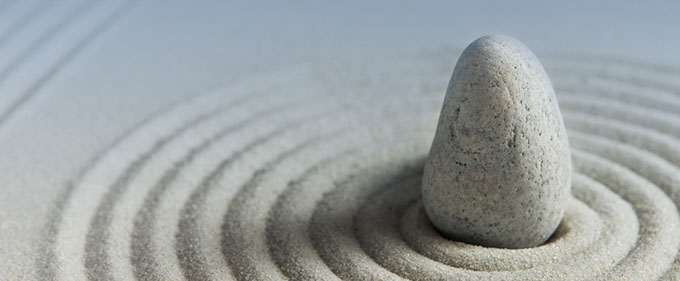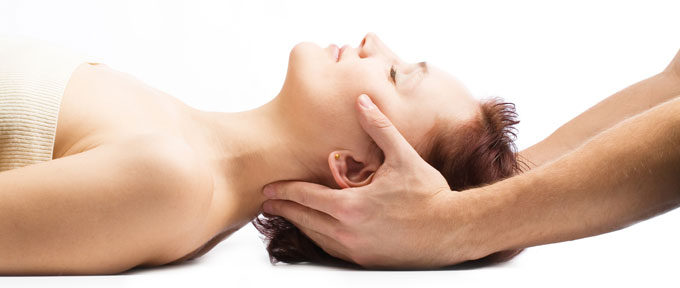
C O U R S E O V E R V I E W
TRIMESTER 1
In this trimester, students learn the fundamentals of CranioSacral Therapy and its reciprocal nature. Tuning into themselves and then their patient. They know indirect and direct techniques, following the body and inducing Still Points how their intention plays a vast role in their actions.
THEORY
-
Anatomy of the Cranium
-
Anatomy and Physiology of the Venous Sinus
PRACTICAL
-
Palpation
-
Trauma Pattern formation
-
The Ventricular System
-
The Membrane System
-
The Bones, Foramina and other landmarks
-
Cranial bone names and their motion
-
Venous Sinuses
-
Contra indications on when not to treat a client
-
The function of Fascia within the body and how to release it
-
Correct hand placements
-
Transverse sites
-
Cranial techniques, including the SBS
-
Correct hand positioning
-
Dural tube work
-
Using correct terminology for directions in the body
ASSESSMENT
-
Open book exam
-
Closed book exam
-
Practical assessment
TRIMESTER 2
This trimester gets more specific in the details workings of the body. Different types of treatments are explored and learning how Meditation is a vital part of the practice.
THEORY
-
Anatomy of the Vertebral Colum
-
Anatomy of the Pelvic Girdle
-
Anatomy of the Physiology of the Nervous System
PRACTICAL
-
Vertebral Column and releasing techniques
-
Structure of a Neuron
-
Nervous System
-
Spinal nerve structure
-
Somatic nerve Plexi
-
Sphenoid Basilar Synchondrosis (SBS) patterns
-
Primary lesions
-
Falx release techniques
-
Mastoid Tip compression
-
Assessing the Pelvic Girdle
-
Vertebral Artery Syndrome tests
-
Dural Tube release techniques
-
Working with energy
-
How to fill out patient information sheets
ASSESSMENT
-
Open book exam
-
Closed book exam
-
Practical assessment
TRIMESTER
This trimester solidifies more on the first two trimesters and gives the students finer details on the Cranium bones and nervous system.
THEORY
-
Anatomy and physiology of the Nervous system
-
Anatomy of the CranioSacral bones
PRACTICAL
-
Autonomic nervous system
-
Parasympathetic division
-
Sympathetic division
-
Autonomic vertebral levels and plexus
-
Face movement and structure
-
Techniques for the face and throat, including
-
Maxilla
-
Vomer
-
Palatine
-
The floor of the mouth
-
The root of the tongue
-
Pharyngeal constrictor
-
Mandible
-
Zygoma
-
Ethmoid
-
Eye
-
-
Bones of the Face, Throat and Orbit and how to approach treatments for these
-
Symbology of the body
-
Perception
ASSESSMENT
-
Open book exam
-
Closed book exam
-
Practical assessment
TRIMESTER 3
TRIMESTER 4
Staying with the cranium this trimester, there is so much to learn.
THEORY
-
Cranial Nerves
-
Anatomy and Physiology
PRACTICAL
-
Brain overview
-
Cranial nerves
-
Olfactory
-
Optic
-
Oculomotor
-
Trochlear
-
Trigeminal
-
Abducens
-
Facial
-
Vestibulocochlear
-
Glossopharyngeal
-
Vagus
-
Accessory
-
Hypoglossal
-
-
General considerations, Cranial nerves
-
Cranial nerves overview
-
Abuse
-
Therapeutic Inquiry
ASSESSMENT
-
Open book exam
-
Closed book exam
-
Practical assessment
TRIMESTER 5
Exploring the impact of pregnancy and birth can be massive for so many people. This trimester we look at children, birth and childhood also more on the body as a whole.
THEORY
-
Anatomy and physiology of the Visera
-
Embryonic development
-
Birth process
-
Pathologies in Babies and Children
PRACTICAL
-
Visceral structures
-
Liver
-
Pancreas
-
Spleen
-
Kidneys
-
Stomach
-
Small Intestine
-
Large Intestine
-
-
Abdominal Release
-
Embryonic development
-
Evaluating Babies
-
Reflexes in babies
-
Treatment during pregnancy and postpartum
-
Considerations in treating children and the treatment of children
-
Occiput work
-
CranioSacral motion – opposite motion
-
Multi-practitioner techniques
ASSESSMENT
-
Open book exam
-
Closed book exam
-
Practical assessment
TRIMESTER 6
Putting everything previously learnt together with a few more techniques in Trimester 6. We also look at your business and getting yourself set up.
THEORY
-
Anatomy and physiology of the TMJ
-
Physiology of the Lymphatic system
-
Business overview – finding your place
-
Building a healthy practice
-
Location
-
Clinics
-
Peoples experience of my practice
-
CST and analogies
-
Growing and maintaining your business, acknowledging referrals
-
Accounting practices
-
Health and safety
PRACTICAL
-
Full body release
-
Tension Mandibular Syndrome
-
Cerebral drainage
-
Lymphatic pumping
ASSESSMENT
-
Open book exam
-
Closed book exam
-
Practical assessment

